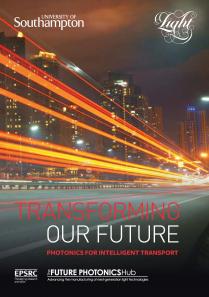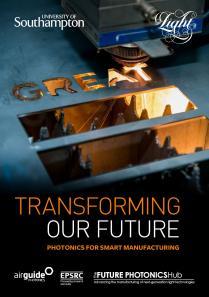
TRANSFORMING OUR FUTURE
Photonics for Intelligent Transport
Research at the Optoelectronics Research Centre (ORC) has been making a life-changing impact on society for some 50 years: many of the major developments in today’s technology have come as a result of our innovation.
Our world-leading research teams are tackling some of the biggest challenges facing modern society to help create a better future. Our work impacts the lives of people world-wide, providing global communication via the internet and revolutionising the manufacturing industry.
Transforming research into practical and financially viable solutions to real world problems produces collaboration opportunities, enhances quality of life, creates jobs, boosts the economy and helps make our world an easier and more rewarding place to live.
The case studies below illustrate the impact of just a small selection of our far-reaching work.
Links to impact case studies (see links below)
Southampton Optoelectronics Research Centre’s research into distributed optical fibre sensing has had a significant economic and environmental impact within the oil and gas industries.
Our research into microstructured optical fibres (MOFs) has had a significant impact on the economy, creating hundreds of jobs worldwide and a multimillion dollar global market. The pioneering work has also led to the development of a range of new diagnostic and medical technologies.
Ultra-precise Bragg grating writing-technology invented at Southampton's Optoelectronics Research Centre (ORC) is having an important impact on a wide range of areas from security and safety, to the detection of biohazards and high power laser use in clean energy generation.
High power fibre lasers were ‘born’ out of research at Southampton's ORC and have led to the development of highly efficient and highly practical fibre laser technology. Today these fibre lasers are widely used in telecommunications, manufacturing, medicine and science.
Fundamental research at Southampton is having a widespread impact on the laser, defence and display industries through the development of wavelength conversion crystals that can be used to transform the colour of laser light.

Photonics for Intelligent Transport

Photonics for Smart Manufacturing